CES 2021: 4K Picture Frames, Another iPad Dock, Talking Dog Collars, and Lots of Smart Glasses
I’m wrapping up this year’s CES coverage with something new by covering the annual CES Innovation Awards. These are given out every year, and it’s a collection I’ve always skipped because it didn’t seem to add anything to the coverage: you’ll see its logo speckled around the show floor on the booths that won at least an honorable mention, but such booths are already sinking or swimming based on my perception of what’s on display. (Innovation Award winners get their own additional display area, where items are literally under glass with no one nearby to describe them—it’s not worth any time there, either.)
This year is different because many of the winners and honorable mentions didn’t have corresponding virtual booths at CES, so reviewing them was the only way to find them. It turned out to be a bumper crop of interesting stuff, so I’ll try to pay more attention to the Innovation Awards in person next year, assuming that CES returns to its normal crazy state in Las Vegas in January 2022.
Bodyfriend Quantum Massage Chair
Massage chairs are a welcome sight at CES, if only because “testing” them provides a few minutes of respite from being on your feet. The trick is getting up before they induce a nap that leaves you drooling on the leather. Bodyfriend’s Quantum massage chair looks like an Apollo mission launch chair as redesigned by Ricardo Montalbán. You can control the chair’s functions with buttons and dials on the arms, a built-in adjustable-position 10-inch tablet, or voice commands that the chair learns over time using cloud-based AI. The chair adjusts to recline between 115º and 170º and bends at the hip from a full flat 0º to 90º upright. Bang & Olufsen speakers are embedded on either side of the headrest, and it even has independent cooling and heating systems. In the event of a power outage, there’s a built-in UPS. The Quantum might be priced as though it was for a lunar mission—$8000 is the anticipated price for the April 2021 release—but you’ll be so relaxed you won’t care.
Bosch Nyon Smart Bike Display
I haven’t been on a bicycle in years, but the Bosch Nyon smart display sounds like the kind of thing I’d want mounted on my handlebars (if I didn’t have a heads-up display—see Eyelights in “CES 2021: Multi-Port iPad Cases, MacBook Pro SSDs, Videoconferencing Cameras, and a Plane You Can Drive,” 11 February 2021). Nyon includes some features that are superior to standard mount kits for an iPhone, including displays that are designed for quick reference and navigation, weather resistance, and operability while wearing bike gloves. Customize the user interface before your trip and you’ll always see exactly the information you want at any given time. Nyon talks to your iPhone to pick up route information and engage smart features on your bike—for example, it can control gear shifting or lock a smart bike’s motor. Information from your ride is uploaded to an eBike app on your phone and a cloud service for your later review. Nyon is available now at prices that vary by retailer; I found vendor pricing around $370.
ChargeASAP Omega 200-Watt GaN Charger
All gallium nitride (GaN) chargers are small enough to be in “you have to see it to believe it” territory, but even so, a credit-card-sized charger that can handle two MacBook Pros 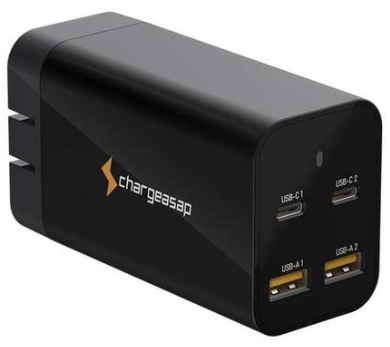 simultaneously is noteworthy. ChargeASAP’s Omega charger line comes in 65-watt, 100-watt, and 200-watt capacities, with the 200-watt version including four ports for simultaneous charging through two USB-C and two USB-A cables. It will also fast-charge an iPad at 20 watts. The 200-watt charger weighs under 8 ounces (220 grams) and will retail for $149 when it ships this month; it’s available now on IndieGogo for $100 with few remaining.
simultaneously is noteworthy. ChargeASAP’s Omega charger line comes in 65-watt, 100-watt, and 200-watt capacities, with the 200-watt version including four ports for simultaneous charging through two USB-C and two USB-A cables. It will also fast-charge an iPad at 20 watts. The 200-watt charger weighs under 8 ounces (220 grams) and will retail for $149 when it ships this month; it’s available now on IndieGogo for $100 with few remaining.
Dell UltraSharp 40-inch Curved Monitor
Ultrawide monitors offer a trade-off: they suffer from lower resolution and a higher price than the two side-by-side monitors they mimic, but in return, you get a single device with a much higher Star Trek factor. Dell’s new 40-inch curved 21:9 U4021QW monitor fits this description perfectly. At 140 dpi, it’s nowhere near Retina resolution, and at $2,099.99, you can buy two Dell 27-inch 4K monitors for two-thirds the price. But with two monitors, you don’t get a curvature that ensures equal focal distance to both edges of the screen, and you give up the U4021QW’s KVM capabilities to control and view two connected Macs simultaneously. Besides, even though ultrawide monitors are nothing new, there’s still something about the wraparound curved effect that feels like it dropped out of the future. Available now.
D-Link DUB-E250 2.5GbE USB-C Adapter
D-Link’s new DUB-E250 is a USB-C-based 2.5GBASE-T Ethernet adapter capable of speeds up to 2.5 gigabits per second. That may not sound exciting, given that 10GBASE-T 10 Gbps speeds are often available in recent Macs, sometimes as an optional add-on. The difference is in the cabling: 10GBASE-T requires CAT6 or CAT6a Ethernet cables, which is a bummer if your Ethernet wiring uses the older CAT5e standard. CAT5e, until now, has maxed out a 1 Gbps; 2.5GBASE-T adapters, however, can extract more throughput from your existing wiring. It will cost $49.99 when it’s released in Q1 2021.
Eyrise i350 Privacy Windows
We’ve all seen it in science fiction movies: a window that remains clear until a character gestures at it, at which point it becomes opaque. That’s pretty much what Eyrise offers in its i350 privacy windows: press a button and the windowpane switches from transparent to translucent. Eyrise windows appear to be sold as an architectural feature, not as something you buy and install yourself. Instead, you work out a custom design with the company and get pricing to match. Available now.
Kensington StudioDock iPad Docking Station
Kensington’s StudioDock turns a 12.9-inch iPad Pro, 11-inch iPad Pro, or 11-inch iPad Air into a desktop computer reminiscent of an iMac. It mounts your iPad on a magnetic plate that keeps it wirelessly charged, and a single USB-C connection splits out into a USB-C port, three USB-A ports, a 3.5 mm audio jack, and Gigabit Ethernet on the back of the dock. There’s also an HDMI 2.0 port (for driving an external monitor) and a high-speed SD card reader. The base of the stand doubles as a wireless charging pad for your iPhone and AirPods, and an optional side mount will be available later this year to charge your Apple Watch. Pre-orders are being taken now for March 2021 delivery. The StudioDock 12.9-inch model costs $399.99, with the 11-inch model priced at $379.99.
Kew UTS-1 Wireless Charger
Kew brings an interesting wrinkle to wireless charging with the UTS-1, a Qi-compatible charger that you mount under the surface that you want to turn into a charging pad. So long as the surface is less than an inch thick and non-metallic, its top will act as a charging pad. The charger will communicate with your device to determine its location and distance, which improves its charging efficiency. You can mount the UTS-1 with either screws or included double-sided tape and later move it elsewhere. It includes stickers if you want to make a visible target on the surface—but unlike a regular charger, one you can spill a glass of water on without remorse. But read the FAQ before buying, as there are limitations when used with an iPhone 12 model, and it’s not recommended for AirPods. The UTS-1 comes in two models, one for 0.7–1.0-inch thick surfaces (18–25mm), another for 0.39–0.66-inch surfaces (10–17mm). Both cost $104.95 and are available now.
LG Wing Dual-Screen Phone
Until I can buy a Westworld-style folding tablet, I’m intrigued by dual-screen phones and last year’s Castaway “second screen for iPhones” (see “CES 2020: Personal Arcades, Outboard Phone Displays, and Dystopian Drones,” 10 February 2020). Unfortunately, Castaway still hasn’t shipped, but LG has now released the LG Wing swivel-screen phone. It’s an Android phone, but it’s worth checking out Marques Brownlee’s video: unlike a fragile fold like we’ve seen on other (unsuccessful) devices, the LG Wing swivels to display a second smaller screen in a T-shape configuration. Freaky, eh? The LG Wing is a 5G phone available this month from AT&T, T-Mobile, and Verizon for between $999.99 and $1049.99.
Maskfone Face Mask with Earbuds
It was unsurprising to see “smart mask” entries this year at CES, but the only one I found notable was Hubble Connected’s Maskfone: a face mask with a replaceable filter and built-in Bluetooth earbuds. On the face of it (sorry), it’s a bit odd to buy a mask with integrated earbuds because you’re getting whatever quality earbuds Hubble Connected included with the $49.95 product rather than the wider range of choices in the market. On the other hand, I’ve lost count of the number of times I’ve dislodged an earbud taking off a mask, on several occasions launching one quite some distance with an elastic strap. Maskfone also claims that by integrating the earbuds, you’ll fiddle with your mask less often. Control buttons are in the jawline of the mask. Available now. A 5-pack of N95/FFP2 replacement filters costs $19.99, as does a 30-pack of replacement PM2.5 filters.
Microoled ActiveLook Heads-Up Display Technology
Earlier this CES, I wondered why an Eyeride heads-up display had to be mounted in a motorcycle helmet (see “CES 2021: Multi-Port iPad Cases, MacBook Pro SSDs, Videoconferencing Cameras, and a Plane You Can Drive,” 11 February 2021). Now I’ve learned that competing technology ActiveLook from Microoled has eyeglasses covered, as you can see in the company’s promo video. ActiveLook is a system that Microoled sells to other companies to include in their products, such as the first one to market, the Julbo EVAD-1 smart sunglasses. ActiveLook projects a monochrome display from the bridge of the nose to a location on the inside of the specially coated lenses, providing heads-up information from a connected phone, such as distance traveled or heart rate. A front-mounted sensor can detect touch-free hand gestures and modify the display accordingly. What’s unclear to me is what’s visible on the other side of the lens with ActiveLook in use; the materials all show a normal left-to-right image on the outside of the lens, but that would be backwards to the wearer. ActiveLook pricing will vary by product and retailer, but the currently sold-out EVAD-1 retails for €499.
https://www.youtube.com/watch?v=yJuD2hvZzYg
Milo Mesh Network Group Audio Chat
A while back, I wrote about goTenna Mesh, which enabled sporty people to stay in touch with text messages while they were roaming outside cell phone coverage (see “CES 2018: ShowStoppers Prepares for the Collapse of Civilization,” 12 January 2018). Milo takes this concept one step further: link two or more Milos into a mesh network, and its speaker/microphone combo will pick up anyone’s voice in the group and play it to everyone else. Wear a Milo on one of three different magnetic clasps that connect to your clothes or equipment. Noise cancellation ensures that everyone can be heard clearly despite bike- or ski-related wind noise. Like the goTenna Mesh, Milos are a mesh network: there’s a maximum range of 2000 feet (600 meters) between two devices, but your voice will be broadcast to anyone in your group 600 meters from that person, and so on. The question is how it works when you’re close enough to hear other people in person as well—will you hear them twice with a delay? Milos aren’t shipping and have no announced price, but the company has a mailing list you can sign up for. On its now-closed Kickstarter, it promised shipping this month and charged roughly $160–$170 per Milo.
Mudra Band Gesture Control for Apple Watch
If you’re a frequent user of your Apple Watch, you might consider Wearable Devices’ Mudra Band to be a bit magical. The Mudra Band has eight sensors on the inside of the band that sense gestures you make with your hand, so instead of manipulating the screen with your other hand, you can make a gesture with the hand the watch is on. Flick in midair to dismiss an incoming call, or pinch thumb-to-forefinger to silence an alarm. An accompanying app enables assigning custom gestures to actions on the watch. Mudra Band costs $179, comes in black or white, and is due to ship in March 2021. The company knows this sounds like you’re risking your money on a product that may never ship, because as an introductory video repeats several times, “It already works!”
Petpuls “Talking Dog” Collar
Collars that allow dogs to talk are at least 12 years old, at least in the movies. Petpuls aims to address this situation with a dog collar that interprets your dog’s bark and tells you what emotion it conveys: relaxed, anxious, angry, sad, or happy. This confuses me because most dogs come with a dongle called a “tail” that communicates the same information. Most dog owners figure out even more detailed information from eye contact and body language. Perhaps the target market for Petpuls are dog owners who feel parental guilt about leaving them alone for most of the day, once that’s a thing again? In any case, Petpuls do improve on the eye-contact method by tracking your dog’s mood over time and reporting it to you in an iPhone app. The collar weighs about an ounce (25 grams), is IP65 water-resistant, and gets a battery life of around 8–10 hours—long enough to get to work and back, I suppose. Petpuls is currently taking pre-orders for the next shipments due in April 2021, priced at $99 for small dogs and $108 for large.
Razer Kishi Game Controller
When I was a kid, game controllers came with only one or two buttons, and we liked it. (See Atari’s latest in “CES 2021: Pre-Show Virtual Events Feature Game Cubes, Telepresence Robots, and Disinfecting Alarm Clocks,” 11 January 2021.) But nowadays, that won’t cut it when you want to pummel your best friend into the dirt, and while many games make innovative use of phone touchscreens, sometimes you want tactile feedback. Razer’s Kishi game controller wraps your iPhone into the controls, so there’s no need for a screen mount, and you can play your games in your hands. One side connects to the Lightning port of your phone, while the other opens up on an extendible mount so you can clamp it to the top of your phone. A Kishi includes two clickable thumbsticks, an eight-way D-pad, four game buttons, three function buttons, two triggers, and two top-mounted bumper buttons—making it the equivalent of an Xbox or Playstation controller. Whew. Say what you will about an Atari joystick, but my hands still have the muscle memory of how to use one 40 years later. On my Xbox, I can play only one game at a time before I forget what each button does. Kishi is available now for $99.99.
Samsung “The Frame” 4K Smart TV/Digital Picture Frame
TVs play the “Can you top this?” game at every CES—for example, if you want a 110-inch flatscreen, Samsung has one for the low, low price of $156,000. I was more impressed by Samsung’s “The Frame” line of TVs, each a flatscreen with a bezel that disappears into a mounting frame. With only a single cable running from the TV to its controller box, it creates the illusion of a piece of art under glass—which Samsung accommodates with an Art Store of 1200 licensed works from a dozen museums worldwide. A store credit covers your first 20, or you could just play YouTube art videos. For $99.99 more, you can replace the included black frame with one in white, beige, or brown wood finish. The Frame TVs start at $549.99 for a 32-inch display up to $2799.99 for 75-inch; the $999.99 43-inch model was announced at CES.
Tau Keychain Battery Charger
External battery chargers with built-in cabling are nothing new, but Rolling Square’s Tau keychain puts a new spin on them. This 1400-mAh battery fits in a device only 2.32 by 1.77 by 0.47 inches in size (60 by 45 by 12 mm), including two fold-out cables that charge Lightning, USB-C, and micro-USB devices—somehow, the Lightning plug is also a micro-USB plug. It ships with a wireless charging dock that you put wherever you tend to leave your keys overnight, which Rolling Square says is “charging without thinking about it.” The only drawback I can see might actually be a plus: at 12 ounces (350 grams), your keys will be heavier in your pocket, and you might be more likely to notice when you’ve forgotten them. Available now for $29.
Typewise iPhone Keyboard
I’ve taken a break from my normal keyboard to type this paragraph with Typewise, a replacement software keyboard for your phone most notable for its large hexagonal key layout. And for the keys it’s missing: swipe up for a shift, swipe left for backspace. A longer swipe left deletes multiple characters, and if you go too far, you can swipe right to restore them. Thoughtful touches like these make switching easier than it might be, but the learning curve is still steep. As you can see from the screenshot, despite my best intentions, I switched back to my trusty Mac keyboard after the first two sentences. Typewise says that it takes most people about a week to get the hang of it, after which they type with 93% accuracy (19% better than “regular” keyboards, whatever those are). Typewise is also of interest if you’re perturbed by keyboards talking to services in the cloud: no text data is ever transmitted, all autocorrect learning is local, and the only time a network connection is made is for voice transcription (which you can turn off). Typewise is a free download from the App Store and includes a 7-day free trial; after that, you can stick to basic features or subscribe for $1.99 per month or $9.49 per year. A $25 lifetime subscription is coming soon.
Voy Tunable Diopter Glasses
I’m in the age range when my eyes don’t quite keep up with me: I need prescription eyeglasses for distance or when at my desk, I take them off when working at MacBook screen distance, and I sometimes need reading glasses for closer text. By the end of the day, my eyes sometimes get tired and need just a bit more help. Voy’s Tunable Glasses (in both regular and sunglasses) would seem to be an answer to this problem—and an economical one compared to progressive prescription lenses. A dial on the side somehow physically—no electronics involved—alters the diopter of the lenses between -5.0 and 2.0, a wide-enough range to include both my prescription and reading glasses strengths. There’s one downside, which might just be me: I’m no arbiter of facial fashion, but these remind me of my father’s glasses from 1974. Some Googling suggests that chunkier frames might be more in style than I am. Pricing ranges from $59–$99 depending on frame color, shipping in late March 2021.
Vusix NGSG Smart Glasses
Vusix’s Next Generation Smart Glasses promise what everyone’s been talking about in heads-up display technology for years: a pair of glasses without massive attachments that display monochrome or color video on the inside of the lenses while playing noise-canceling audio through each of the ear stems. The video on each lens is independent, so these can also take advantage of parallax to display 3D images. Vusix says the Next Generation Smart Glasses are already compatible with iPhones to display heads-up data from your phone—now we just have to wait until they ship later in 2021 to see what that looks like. And chunky frames are apparently the future for all of us.
CES 2021 Gadget Survey #4
Lots of great products in this roundup, but assuming price was no object, would you actually use the products or services described above in your everyday life? Register your vote in our quick survey. We’re doing this for each of our CES 2021 articles, and at the end, we’ll see which of the devices we’ve covered are most interesting to TidBITS readers.
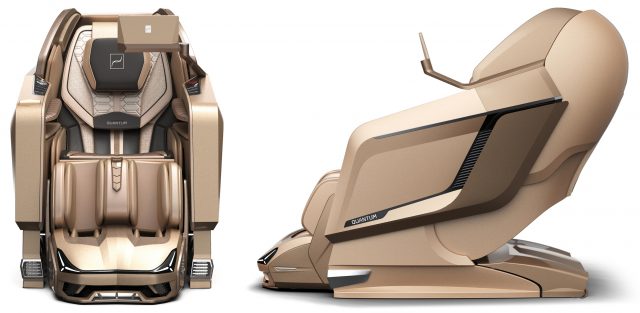
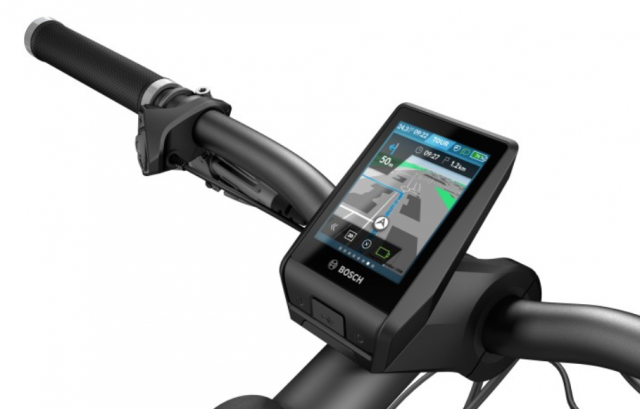



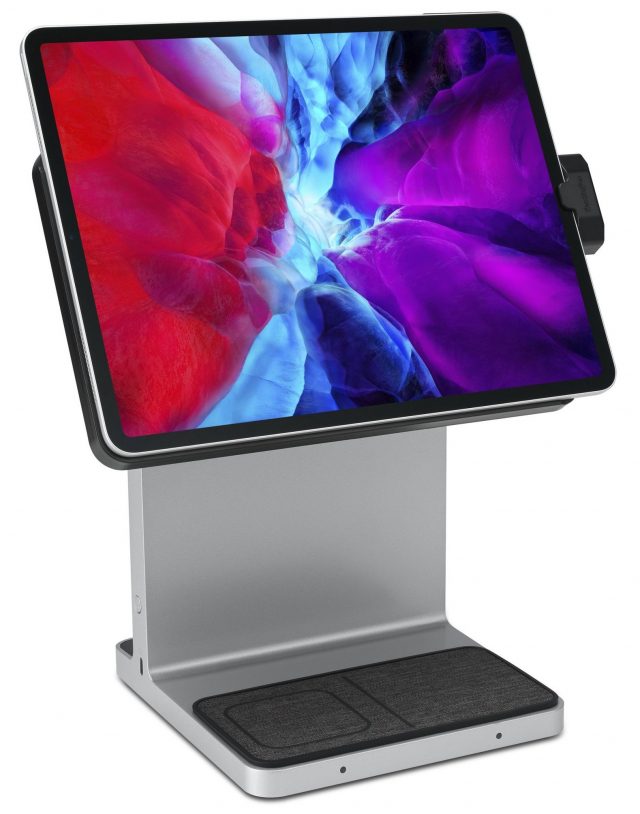

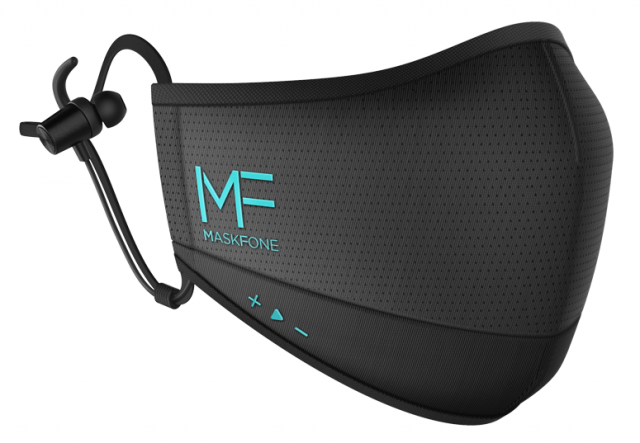
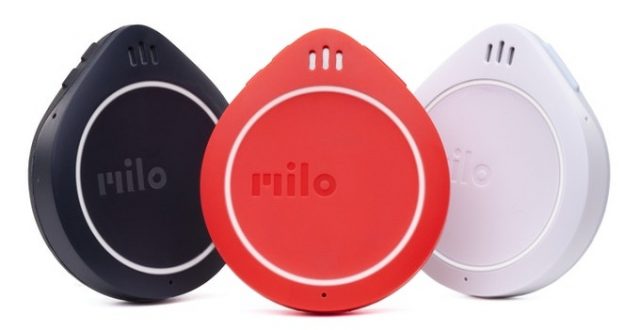
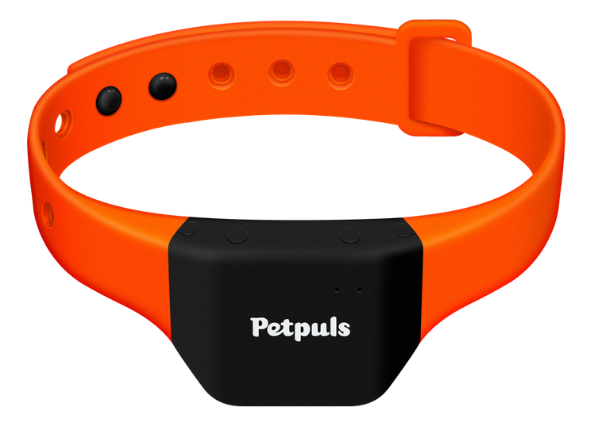

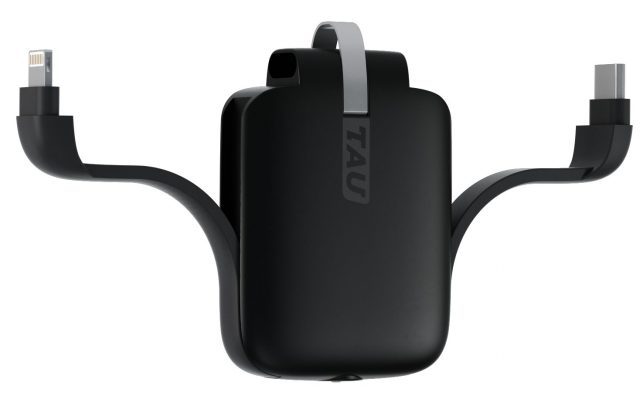
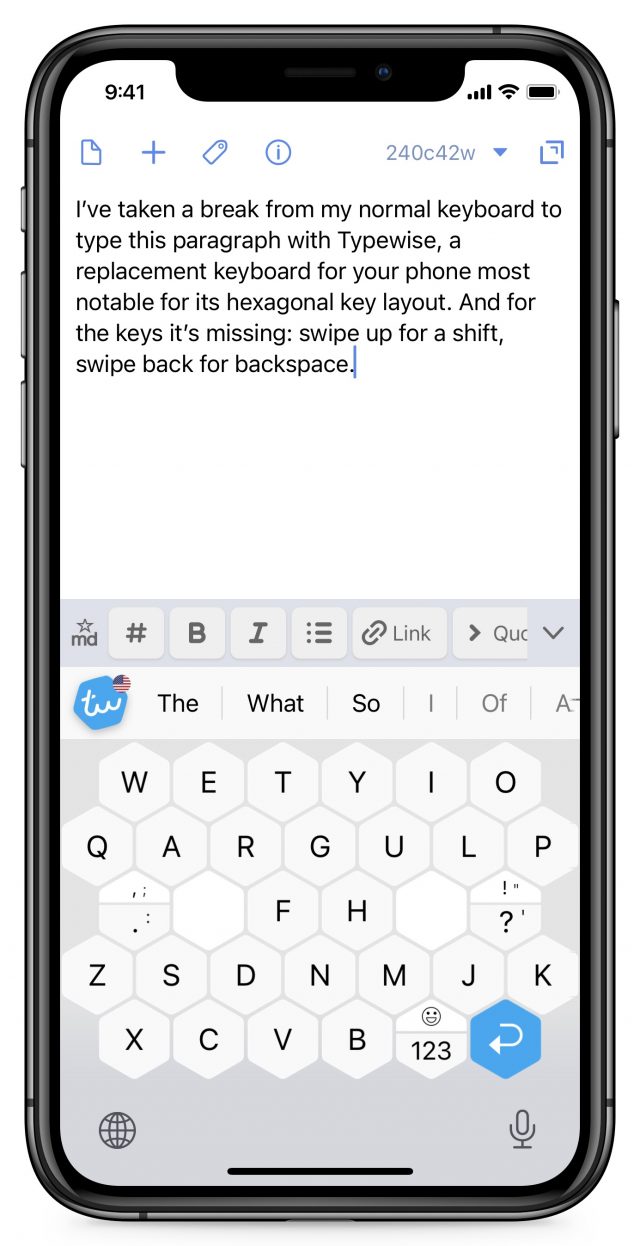
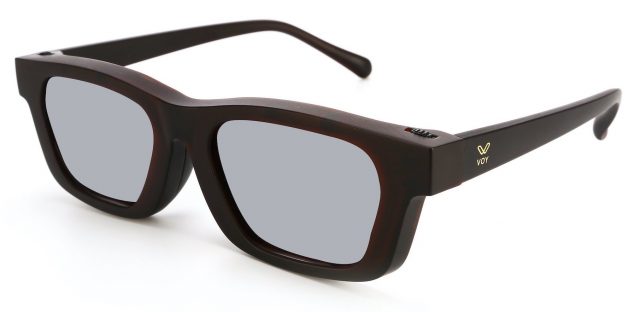
Note the date this article by Jeff Porten was written. I immediately ordered one of the Maskfones mentioned in his article, along with an extra set of filters that very week. You might be wanting to know how it is and how I like using the mask with the built-in Bluetooth earbuds. Well, I’d love to tell you, but the original package sent to me was at first delayed by the USPS and then, apparently, lost in the mail for good. The last date the package tracking lists “arriving late” on the USPS website is February 27. And now it is April.
Many emails went back and forth from me to Maskfone Customer Service. At first they were not going to do anything to assist me, telling me that I should contact USPS myself to find out more about the delay. Of course, that was a fruitless effort, given the current state of the Post Office. Waited more time for a reply back from Maskfone until I was finally told at the end of last week that they have sent a replacement shipment to me (again, through USPS) and that I should have it shortly. We’ll see. Hopefully, I will be able to report back soon on how I like/don’t like the unit!
Unfortunately I have limited press contacts from this CES, but if you want to send me your contact information I’ll follow up with whatever PR firm I can find that handles them. Press inquiries sometimes get more attention than disgruntled customers. I’m tidbits at jeffporten dot com.
Thank you, Jeff, for whatever you did in regard to getting my MaskFone sent. I finally received it this week. I have to say, the mask itself is well made, but I didn’t expect the attached but hanging earbuds (which are totally removable) to add so much bulk and weight to the unit. Their sound is ok, nothing great but not bad, either. I’d still rather be listening to my AirPods Pro. Also, there is not much leeway in the ear straps to make them larger if you needed to. Fortunately, I have the opposite need, to make them more snug around my ears. I honestly can’t say I would overall recommend this device; I think there somehow has to be a way to make the earbuds more integrated into the mask. I have only used it a few days and these are just my first impressions.